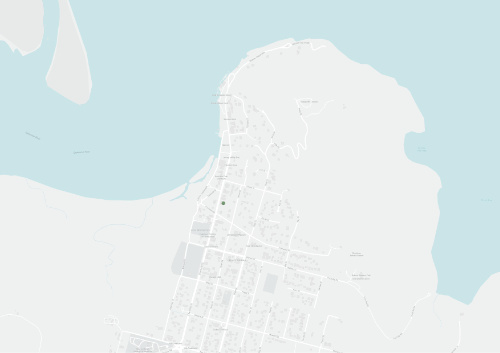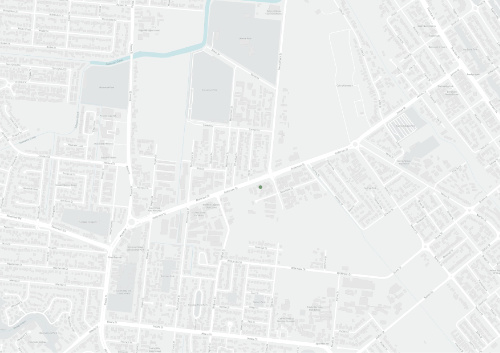Sand Temperature Influences Sex of Turtle Hatchlings
Sand Temperature Influences Sex of Turtle Hatchlings
Ongoing efforts to protect marine turtles on western Cape York Peninsula will be boosted with the assistance of a grant to Cape York NRM from the Gambling Community Benefit Fund.
Funds will be used to purchase sand temperature loggers and nest protection cages.
Two of the major threats to nesting marine turtles on the Cape are nest predation by feral pigs, and an increase in sand temperature as a result of climate change.
Why is the increase in sand temperature a threat? A little-known fact is that the sex of marine turtles is determined by the temperature of the sand that is incubating the eggs. Warmer sand produces females and cooler sand produces males.
Studies undertaken on the green turtle population on the northern Great Barrier Reef have shown that the proportion of female turtles is now much higher than males, as a result of the increase in sand temperature. If this trend continues, eventually there will be no males and the population will not be able to reproduce.
Data collected from Cape York NRM sand temperature loggers will be able to tell us if marine turtle populations nesting on the western Cape beaches are facing similar rising sand temperatures and altered sex ratios.
Turtle protection cages stop predators from digging up the turtle nests, protecting eggs and allowing baby turtles to leave the nests safely. Western Cape Turtle Threat Abatement Alliance (WCTTAA) Rangers have been using these cages for several years, but have simply not had enough. They are able to be used repeatedly, so will save thousands of marine turtle nests from being predated.
The equipment being provided by the Gambling Community Benefit Fund will be used by WCTTAA groups, which is a partnership of land and sea managers from Northern Peninsula Area, Mapoon, Napranum, Pormpuraaw and Kowanyama that work together for the protection of marine turtles on the western coast of Cape York Peninsula.
Kerri Woodcock, Cape York NRM’s WCTTAA Coordinator, said, ‘while we have been having good success on reducing predation rates on nests, and will continue to focus on this immediate threat, it is also important to be proactive about other threats facing the turtles.
‘Climate change is one of these. By recording the sand temperatures where marine turtles are nesting on the western Cape, we hope to be able to understand the scale of the problem for these populations, so that we can consider what management actions might be needed.
‘The sand temperature loggers and nest protection cages will be available for the WCTTAA Rangers to install once it is safe to do so after the COVID-19 threat has passed.’
Two main species of sea turtles that nest on the west coast of Cape York are the flatback and the olive ridley. Both are protected under the Australian Government's Environment Protection and Biodiversity Conservation Act 1999 (EPBC Act), and Queensland’s Nature Conservation Act 1992.

